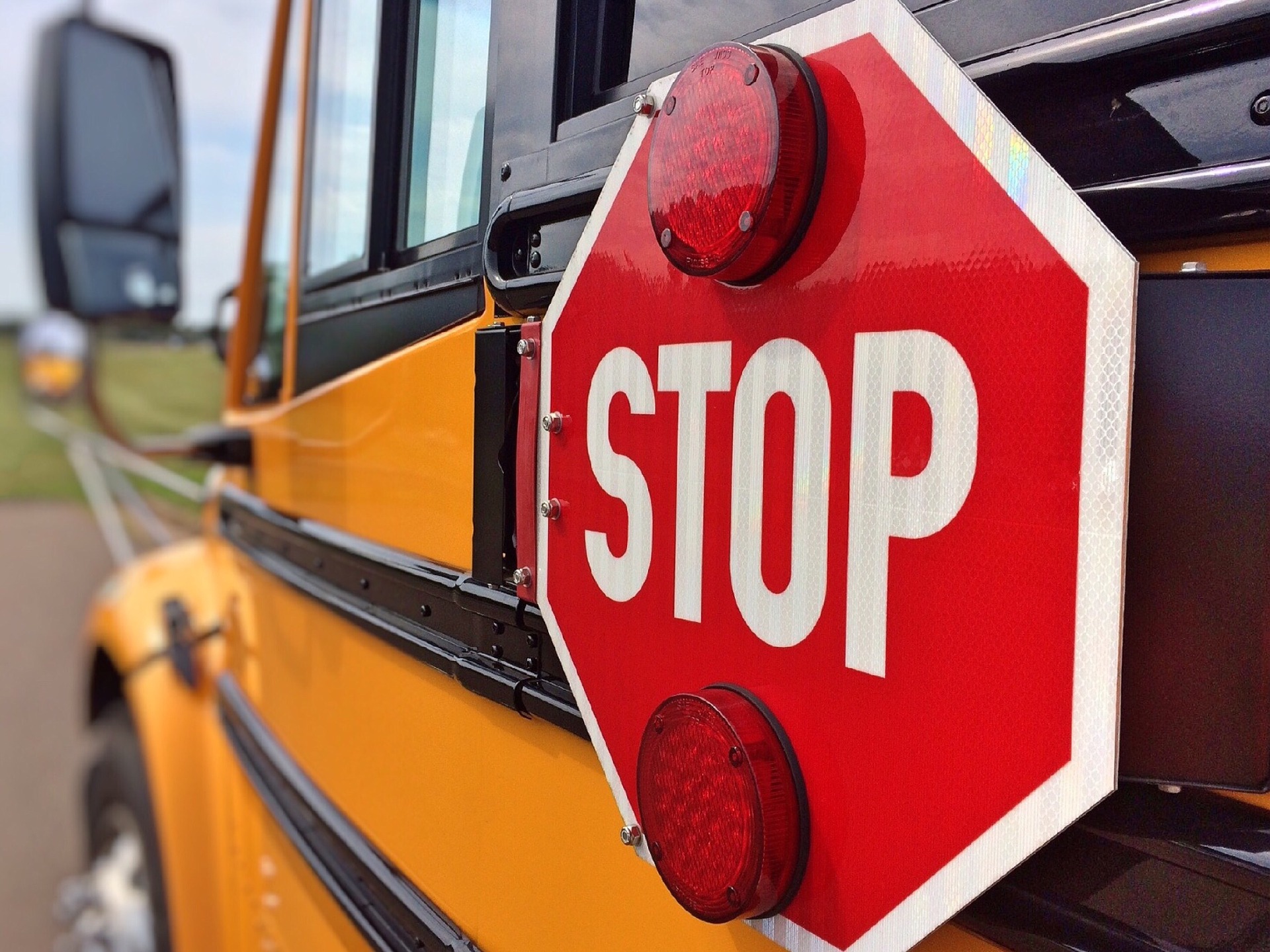With the upcoming school year fast approaching, discussing school bus safety is a high priority for many school districts. Although standard school buses are statistically the safest mode of transportation (according to The National Safety Council), there are still a number of safety precautions everyone should be aware of when it comes to school transit.
School Bus Seat Belts Most school buses in the United States don’t have seat belts or similar restraints to protect children in an accident. Federal law requires them in buses under 10,000 pounds, but that’s only a small portion of the school buses in use.
Most of the school buses that are equipped with seat belts are the tiny 6- to 12-seat buses you sometimes see, which are usually fully equipped for transporting disabled and other special-needs pupils. They’re treated like cars, light trucks and passenger vehicles because of their similar low weight and center of gravity.
But larger, more standard buses — like the standard long yellow school bus that makes up about 80 percent of the nation’s fleet weigh in much heavier, and their passengers sit much higher, making them safer in collisions. For these buses, federal education and transportation agencies leave the decision up to the individual states.

Luckily, Florida is one of the few states that require school buses to install seat belts. But, this process may still be underway in your district, so it’s important to find out for your specific district.
Here are a few tips we would like to share as we kick off the new school year.
Getting Ready for School
- Have students put everything they carry in a backpack or school bag so that they won’t drop things along the way.
- Encourage students to arrive at the bus stop five minutes early. Children arriving late for the bus may be tempted to run across the street, causing them to possibly trip and fall in front of the moving bus or another vehicle.
Walking to the Bus Stop
- Encourage parents and guardians to walk young children to the bus stop and when possible, have older children walk in groups. There is safety in numbers, because groups are easier for drivers to see.
- Educate the students to stop and look left, right and then left again if they must cross the street.
Waiting at the Bus Stop
- Remind the students of bus stop safety and to not engage in running games, pushing or shoving at the bus stop. It is dangerous near traffic.
- Make sure the students stand at least 10 feet (5 giant steps) from the road while waiting for the bus. The child will then be out of the way of traffic. Have younger children practice taking 5 giant steps to become familiar with 10 feet.
Getting On and Off the Bus
- Remind the students to ALWAYS cross in front of the bus, NEVER behind. Make sure that students are at least 10 feet (5 giant steps) ahead of the bus before crossing. When crossing in front of the bus, they should be able to maintain eye contact with the driver.
- Remind the student’s not to cross until the bus has come to a COMPLETE stop, the bus’s RED stop lights are activated, and the driver signals it is safe to cross. Unfortunately, other drivers on the road do not always stop for school bus lights so students should always look to the right and left to make sure all traffic has come to a complete stop before stepping into the roadway. Finally, tell the students to cross in front of the bus at a distance that they can see the driver and the driver can see them.
- Warn the student’s that if they drop something, they should NEVER pick it up. Instead, they should tell the driver and follow the driver’s instructions. If they bend over to pick up a dropped object, they might not be seen by the driver and could be hurt if the driver pulls away from the stop. Tell the student’s to NEVER CRAWL UNDER THE BUS!
- If parent’s meet their children at the bus stop after school, remind them to wait on the side where the child will be dropped off, not across the street. Children can be so excited at seeing their parents after school that they might dash across the street and forget the safety rules.
As the summer in South Florida draws to a close, back-to-school season is in full effect. Remember to safely share the roads with school buses, pedestrians and bicyclists, and provide children with the necessary knowledge to stay safe at school this year.









